Properties
| Storage Buffer | PBS pH7.4, 50% glycerol, 0.09% sodium azide *Storage buffer may change when conjugated |
| Storage Temperature | -20ºC, Conjugated antibodies should be stored according to the product label |
| Shipping Temperature | Blue Ice or 4ºC |
| Purification | Protein G Purified |
| Clonality | Monoclonal |
| Clone Number | 5D12-A12 |
| Isotype | IgG2b Kappa |
| Specificity | Detects ~27kDa. Has no cross-reactivity to Alpha B crystallin. Very limited cross-reactivity to other species. |
| Cite This Product | HSP27 Antibody (StressMarq Biosciences | Victoria, BC CANADA, Catalog# SMC-161, RRID: AB_2248586) |
| Certificate of Analysis | 0.5 µg/ml of SMC-161 was sufficient for detection of HSP27 in 10 µg of HeLa lysate by colorimetric immunoblot analysis using Goat anti-mouse IgG:HRP as the secondary antibody. |
Biological Description
| Alternative Names | HSPB1, HSP27, HSP25, HSP28, Heat shock protein beta-1, Heat shock 27 kDa protein, MKBP, DMPK-binding protein, SRP27, 28kDa heat shock protein, CMT2F |
| Research Areas | Actin, Actin Assembly, Atherosclerosis, Cancer, Cardiovascular System, Cell Signaling, Chaperone Proteins, Contractility, Cytoskeleton, Heart, Heat Shock, Microfilaments, Microtubules, Protein Trafficking, Tumor Biomarkers |
| Cellular Localization | Cytoplasm, Cytoskeleton, Nucleus, Spindle |
| Accession Number | NP_001531.1 |
| Gene ID | 3315 |
| Swiss Prot | P04792 |
| Scientific Background |
HSP27, a member of the small heat shock protein (sHSP) family, is an abundant and ubiquitously expressed molecular chaperone found in both normal and cancerous human cells. Structurally, HSP27 features a conserved α-crystallin domain at the C-terminus and a less conserved N-terminal WD/EPF domain, which is essential for forming high-molecular-weight oligomers. These oligomers, composed of 8–40 monomers, are critical for HSP27’s chaperone activity—larger assemblies exhibit strong anti-aggregation properties, while dimers are inactive. Under non-stress conditions, HSP27 resides in the cytoplasm but rapidly translocates to the nucleus in response to cellular stress, where it may help stabilize DNA and nuclear membranes. Functioning as an ATP-independent chaperone, HSP27 prevents protein aggregation and stabilizes partially unfolded proteins, facilitating their refolding via the HSP70 complex. In neuroscience, HSP27 is increasingly recognized for its role in protecting neurons from proteotoxic stress, oxidative damage, and apoptosis—key features of neurodegenerative diseases such as Alzheimer’s, Parkinson’s, and ALS. It inhibits apoptotic signaling by blocking the cytochrome c/Apaf-1/procaspase-9 complex and may also influence cytoskeletal dynamics through interactions with actin and myosin. HSP27 expression is tightly regulated by phosphorylation, which promotes the formation of large, active oligomers. Its involvement in stress response, apoptosis inhibition, and cell differentiation highlights its therapeutic potential in neurodegenerative disease research and intervention. |
| References |
1. Kim K.K., Kim R., and Kim, S. (1998) Nature 394(6693): 595-599. 2. Van Montfort R., Slingsby C., and Vierling E. (2001) Addv Protein Chem. 59: 105-56. 3. Ehrnsperger M., Graber S., Gaestel M. and Buchner J. (1997) EMBO J. 16: 221-229. 4. Ciocca D.R., Oesterreich S., Chamness G.C., McGuire W.L., and Fugua S.A. (1993) J Natl Cancer Inst. 85 (19): 1558-70. 5. Sarto C., Binnz P.A., and Mocarelli P. (2000) Electrophoresis. 21(6): 1218-26. 6. Arrigo A.P. (2005) J Cell Biochem. 94(2): 241-6. |
Product Images

Immunocytochemistry/Immunofluorescence analysis using Mouse Anti-Hsp27 Monoclonal Antibody, Clone 5D12-A3 (SMC-161). Tissue: Heat Shocked cervical cancer cells (HeLa). Species: Human. Fixation: 2% Formaldehyde for 20 min at RT. Primary Antibody: Mouse Anti-Hsp27 Monoclonal Antibody (SMC-161) at 1:100 for 12 hours at 4°C. Secondary Antibody: FITC Goat Anti-Mouse (green) at 1:200 for 2 hours at RT. Counterstain: DAPI (blue) nuclear stain at 1:40000 for 2 hours at RT. Localization: Cytoplasm. Nucleus. Magnification: 100x. (A) DAPI (blue) nuclear stain. (B) Anti-Hsp27 Antibody. (C) Composite. Heat Shocked at 42°C for 1h.
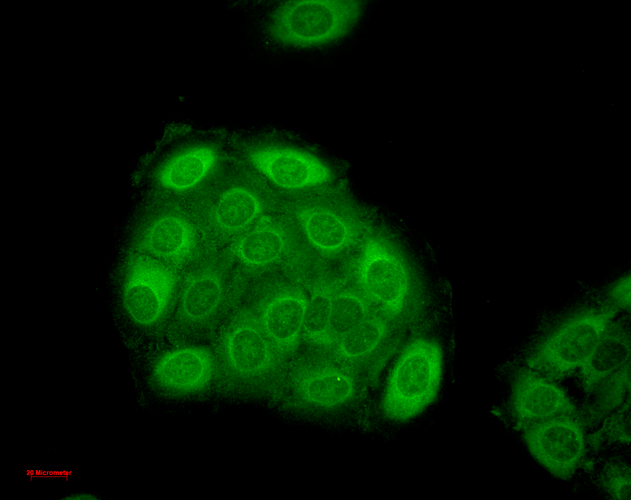
Immunocytochemistry/Immunofluorescence analysis using Mouse Anti-Hsp27 Monoclonal Antibody, Clone 5D12-A3 (SMC-161). Tissue: HaCaT cells. Species: Human. Fixation: Cold 100% methanol for 10 minutes at -20°C. Primary Antibody: Mouse Anti-Hsp27 Monoclonal Antibody (SMC-161) at 1:100 for 1 hour at RT. Secondary Antibody: FITC Goat Anti-Mouse (green) at 1:50 for 1 hour at RT. Localization: Dull heterogeneous staining, some perinuclear, some nuclear and some cytoplasmic staining .

Immunocytochemistry/Immunofluorescence analysis using Mouse Anti-Hsp27 Monoclonal Antibody, Clone 5D12-A3 (SMC-161). Tissue: Heat Shocked cervical cancer cells (HeLa). Species: Human. Fixation: 2% Formaldehyde for 20 min at RT. Primary Antibody: Mouse Anti-Hsp27 Monoclonal Antibody (SMC-161) at 1:100 for 12 hours at 4°C. Secondary Antibody: FITC Goat Anti-Mouse (green) at 1:200 for 2 hours at RT. Counterstain: DAPI (blue) nuclear stain at 1:40000 for 2 hours at RT. Localization: Cytoplasm. Nucleus. Magnification: 20x. (A) DAPI (blue) nuclear stain. (B) Anti-Hsp27 Antibody. (C) Composite. Heat Shocked at 42°C for 1h.
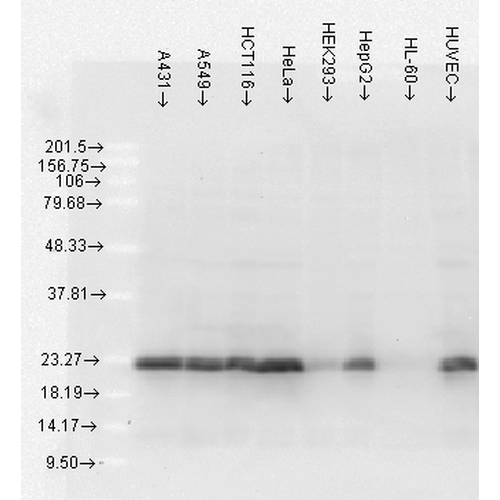
Western Blot analysis of Human Cell lysates showing detection of Hsp27 protein using Mouse Anti-Hsp27 Monoclonal Antibody, Clone 5D12-A3 (SMC-161). Load: 15 µg. Block: 1.5% BSA for 30 minutes at RT. Primary Antibody: Mouse Anti-Hsp27 Monoclonal Antibody (SMC-161) at 1:1000 for 2 hours at RT. Secondary Antibody: Sheep Anti-Mouse IgG: HRP for 1 hour at RT.

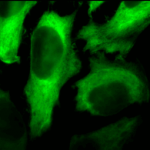
![Mouse Anti-Hsp27 Antibody [5D12-A3] used in Immunocytochemistry/Immunofluorescence (ICC/IF) on Human HaCaT cells (SMC-161)](https://www.stressmarq.com/wp-content/uploads/SMC-161_Hsp27_Antibody_5D12-A3_ICC-IF_Human_HaCaT-cells_2-100x100.png)
![Mouse Anti-Hsp27 Antibody [5D12-A3] used in Immunocytochemistry/Immunofluorescence (ICC/IF) on Human Heat Shocked cervical cancer cells (HeLa) (SMC-161)](https://www.stressmarq.com/wp-content/uploads/SMC-161_Hsp27_Antibody_5D12-A3_ICC-IF_Human_Heat-Shocked-HeLa-Cells_20x_Composite-100x100.png)
![Mouse Anti-Hsp27 Antibody [5D12-A3] used in Western Blot (WB) on Human Cell lysates (SMC-161)](https://www.stressmarq.com/wp-content/uploads/SMC-161_Hsp27_Antibody_5D12-A3_WB_Human_Cell-lysates_1-100x100.png)
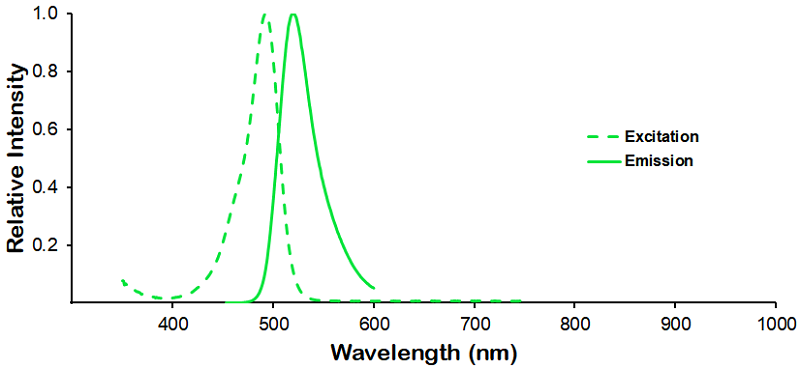
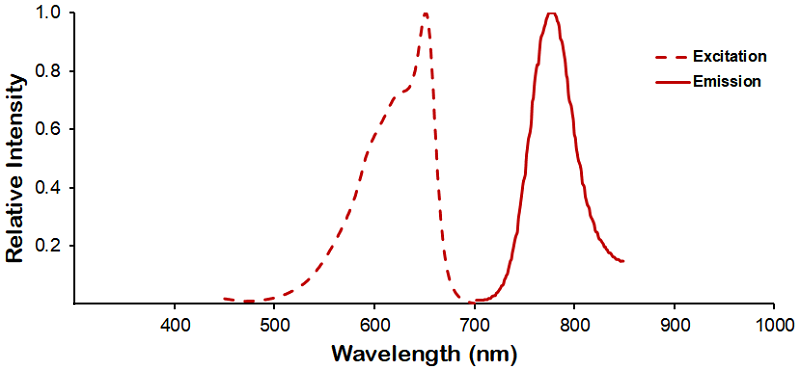
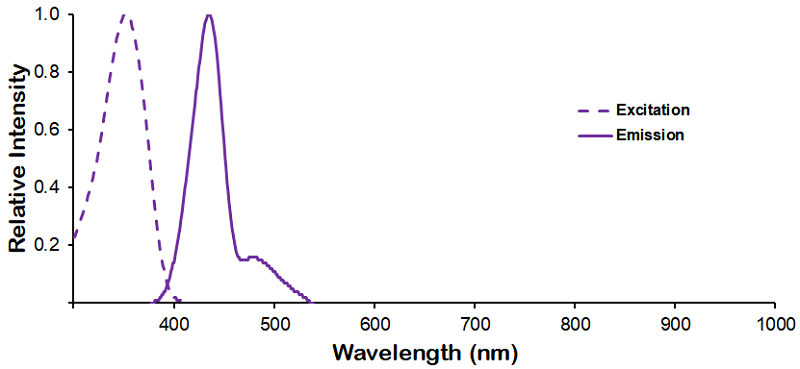
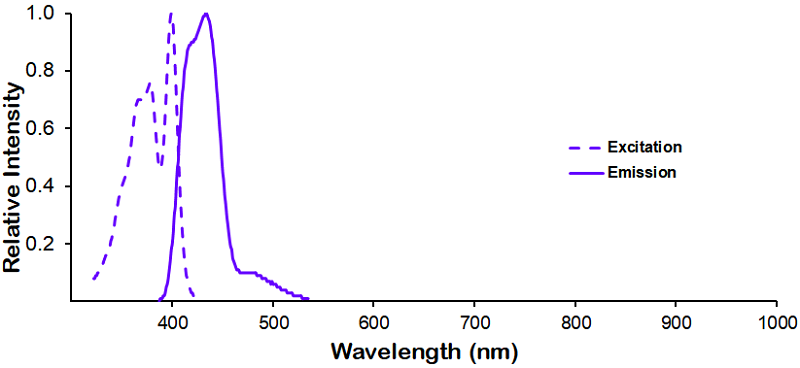
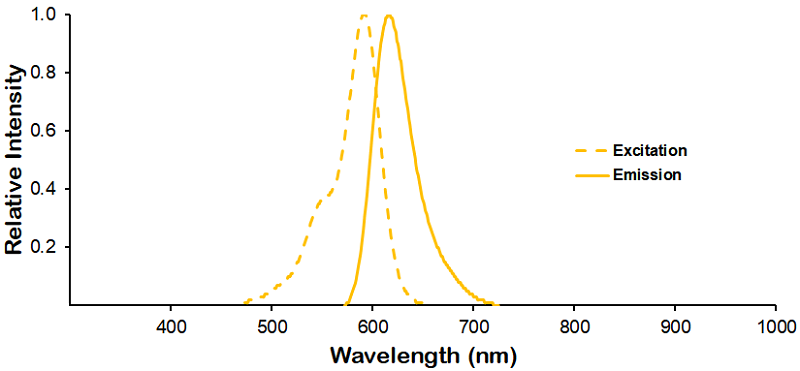

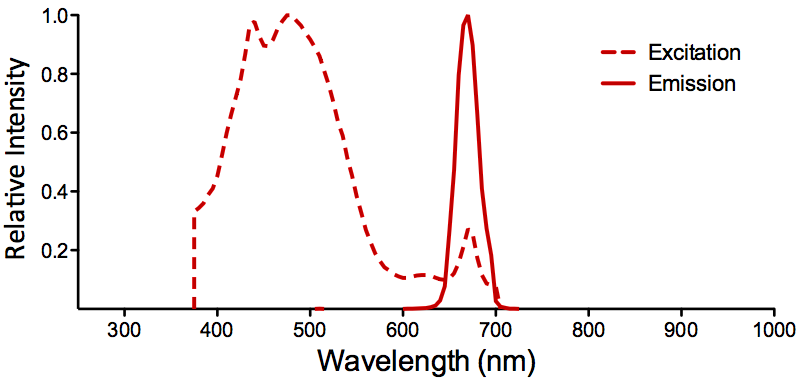
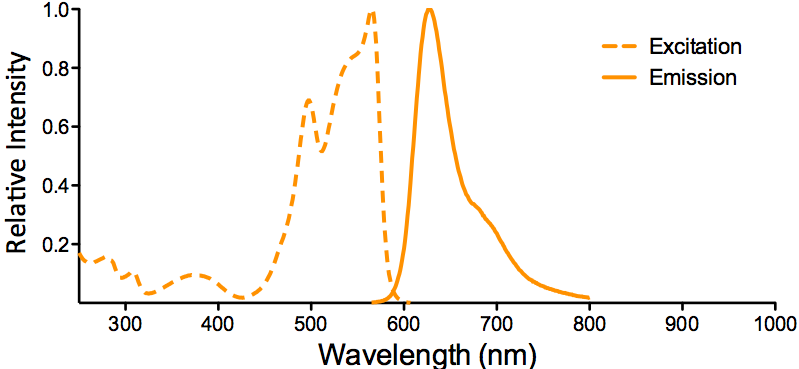
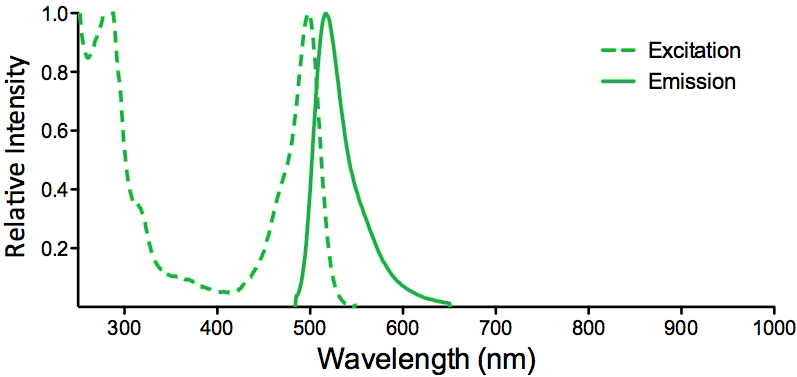
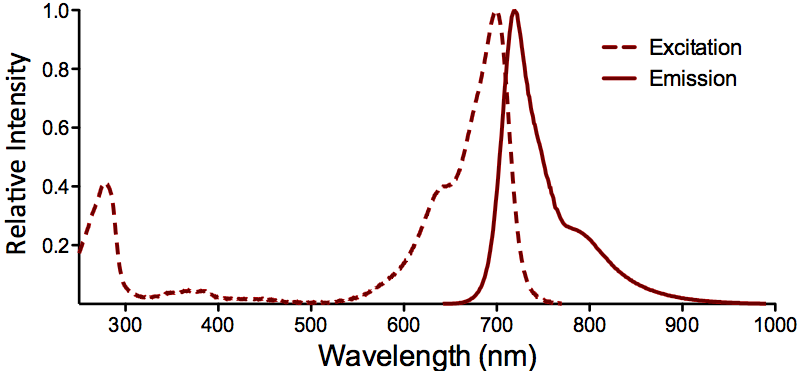
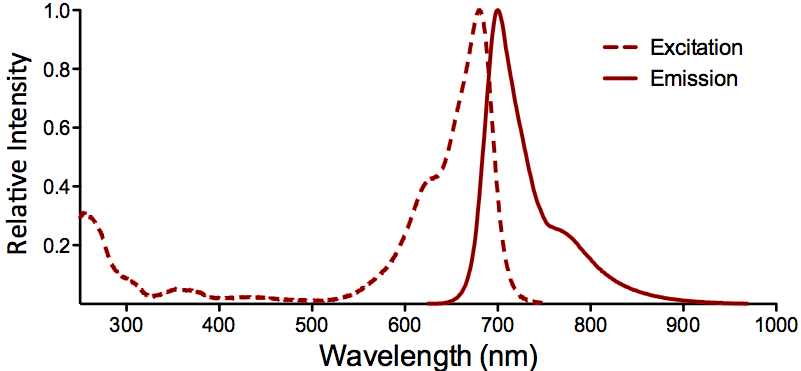

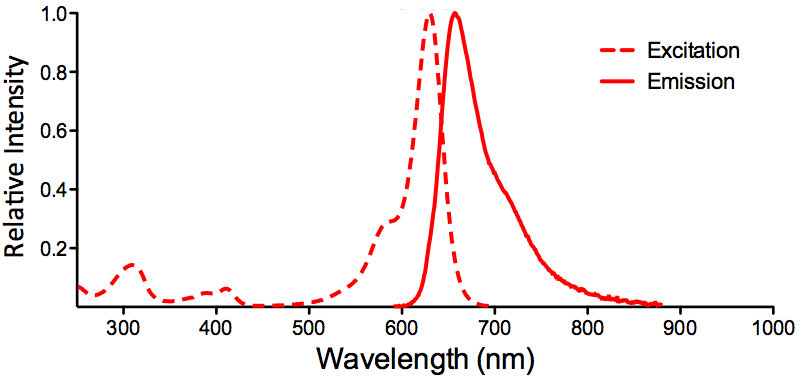
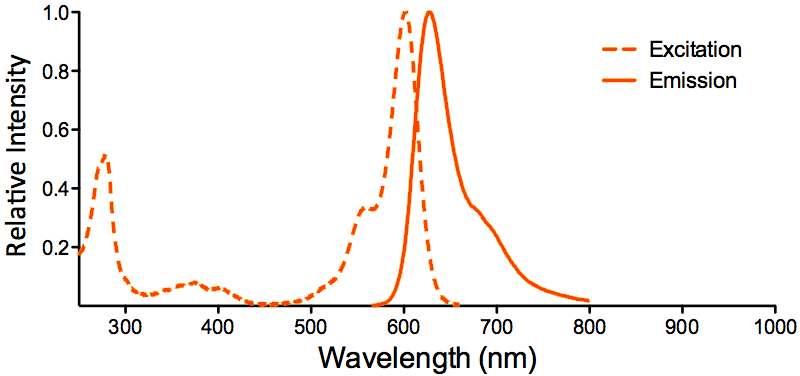

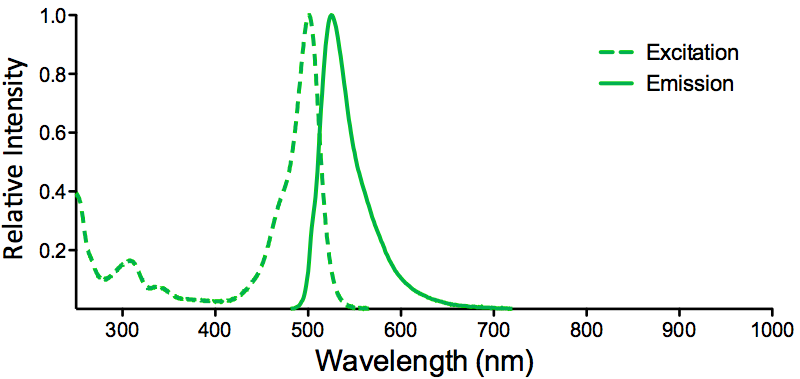
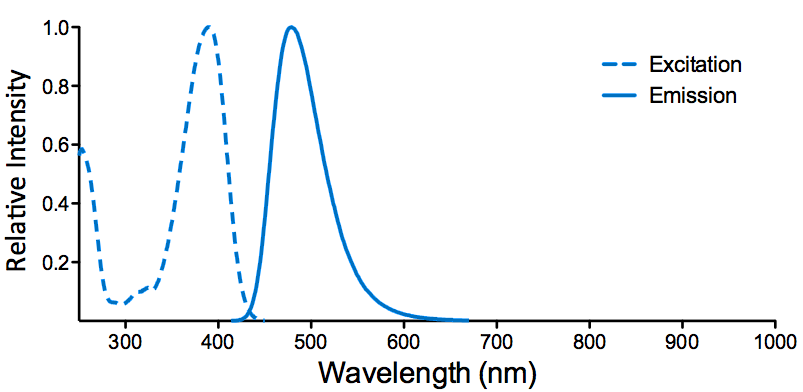
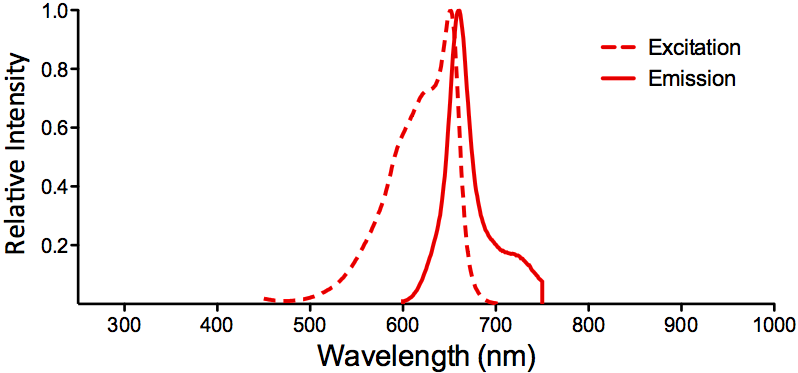
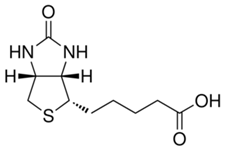
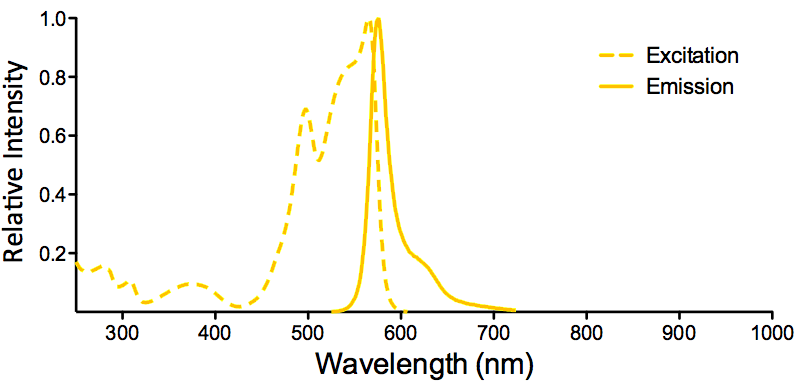
Evgeny Mymrikov :
Read the full review at pAbmAbs.com
StressMarq Biosciences :
Based on validation through cited publications.